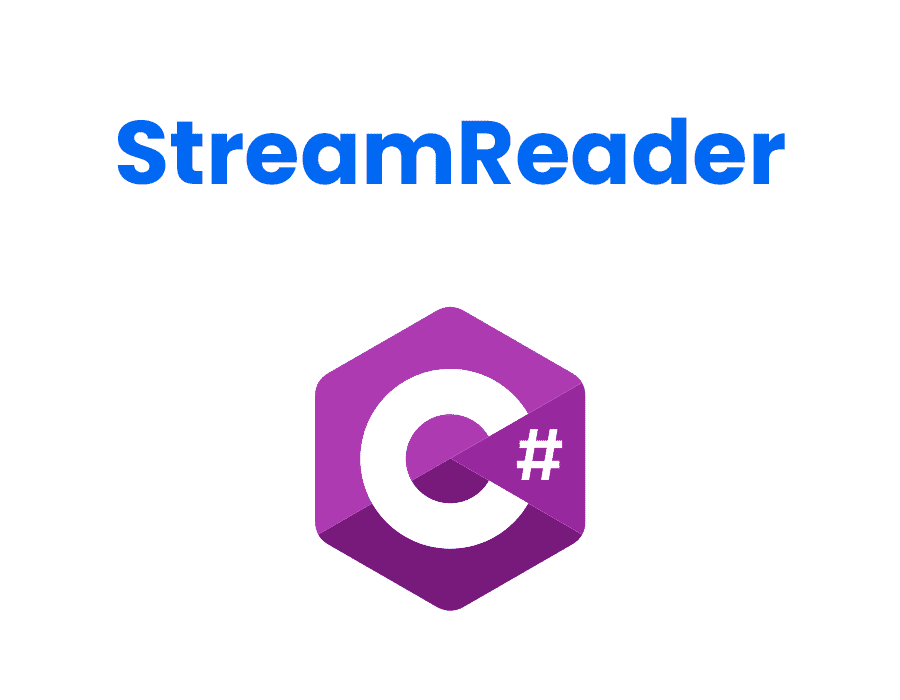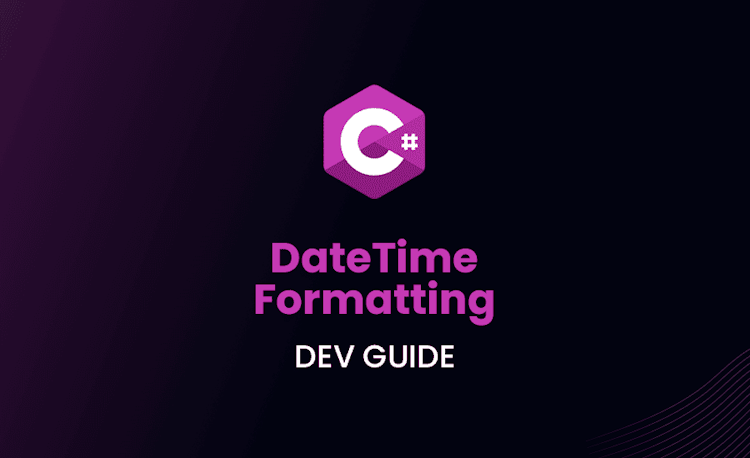StreamReader in C# Examples

StreamReader in C# is a powerful class that is used for reading text files. If you are a software developer that is working with C# programming language, you must be familiar with the StreamReader class. In this article, we’ll guide you through the basic concepts of StreamReader, what it is and how it’s used in C# programming with a brief introduction, the different constructors of StreamReader, how to read text files, read characters and lines from a text file, and how to handle errors and exceptions when using StreamReader. We’ll also highlight the key differences between StreamReader and other Input Classes in C#. Let’s dive in!
Introduction to StreamReader
StreamReader is a class in C# that is used to read characters from a stream. A stream is a sequence of bytes that represent a file, network connection, or memory stream. If you need to read a text file in C# programming, you can use the StreamReader class to read the file one character at a time, one line at a time, or a specified number of characters/lines.
StreamReader is a very useful class in C# programming, especially when dealing with large text files. It allows you to efficiently read and process the contents of a file without loading the entire file into memory. This can be particularly important when working with files that are too large to fit into memory all at once. Additionally, the StreamReader class provides a number of useful methods for working with text files, such as the ability to detect the encoding of a file and to read the file asynchronously.
The Role of StreamReader in C# Programming
StreamReader plays a critical role in C# programming because any time you need to read data from an input stream, you’ll use StreamReader. Additionally, since most files are text files, it is important to understand how to read them, and specifically, how to read data in a safe, efficient, and effective way. StreamReader is the tool for the job.
One of the key benefits of using StreamReader is that it allows you to read data from a variety of sources, including files, network connections, and even memory streams. This flexibility makes it an essential tool for any C# programmer who needs to work with data from different sources.
Another important feature of StreamReader is its ability to handle different character encodings. This is particularly important when working with text files that may have been created using different encoding standards. By using StreamReader, you can ensure that your program can read and process text files correctly, regardless of their encoding.
How to Create a StreamReader Object in C#
Creating a StreamReader object is quite easy. First, ensure that you have access to the System.IO namespace of C#. Next, declare an instance of the StreamReader class using the following syntax:
Loading code snippet...
Here, the parameter passed to the StreamReader constructor is the name of the file that you want to read from.
It is important to note that the StreamReader object should be properly disposed of after use, to avoid memory leaks. This can be achieved by calling the Dispose() method of the StreamReader object, or by using the using statement to automatically dispose of the object after use. Here is an example:
Loading code snippet...
By using the using statement, the StreamReader object is automatically disposed of after the code block is executed, even if an exception is thrown.
The Different Constructors of StreamReader in C#
StreamReader has several constructors that allow you to specify different options when creating the object. Here are the different constructors:
- StreamReader(String) – Creates a new instance of the StreamReader class for the specified file.
- StreamReader(String, Encoding) – Creates a new instance of the StreamReader class for the specified file and encoding.
- StreamReader(Stream) – Creates a new instance of the StreamReader class for the specified stream.
- StreamReader(Stream, Encoding) – Creates a new instance of the StreamReader class for the specified stream and encoding.
The StreamReader class in C# is used to read characters from a stream in a particular encoding. It is a useful class for reading text files, network streams, and other types of input streams.
One important thing to note is that the StreamReader class is designed to be used with a using statement. This ensures that the StreamReader object is properly disposed of when it is no longer needed, which helps to prevent memory leaks and other issues.
Reading Text Files Using StreamReader
To read text files in C# programming language, you’ll need to use the StreamReader class. Here is an example:
Loading code snippet...
Using the code above, we can read each line of the text file and print it out onto the console.
It is important to note that when using the StreamReader class, you should always close the file after you are done reading it. This is to ensure that the file is properly released and available for other processes to use. Failure to close the file can result in errors and unexpected behavior in your program.
How to Read Characters from a Text File in C# using StreamReader
Here is an example of how to read a character from a text file using StreamReader:
Loading code snippet...
In this example, we read one character at a time and print each character out onto the console.
It is important to note that StreamReader is a disposable object, which means that it should be properly disposed of after use. This can be done by calling the Close() method, as shown in the example above. Failure to properly dispose of StreamReader objects can lead to memory leaks and other issues.
Additionally, StreamReader provides several other methods for reading text from a file, such as ReadLine() and ReadToEnd(). These methods can be useful for reading entire lines or the entire contents of a file at once. It is important to choose the appropriate method based on the specific needs of your program.
Reading Lines from a Text File using StreamReader
You have already seen how to read each line from a text file using StreamReader. Here is an alternative way:
Loading code snippet...
This method is not recommended for large files because it reads the entire file at once and stores it in memory, which can cause performance issues.
Handling Errors and Exceptions When Using StreamReader
There are different types of errors and exceptions that can occur when using StreamReader, such as file not found, end-of-file, or invalid data format. You need to handle these exceptions to prevent your program from crashing. Here is an example:
Loading code snippet...
Using the Try-Catch block above, we can catch the exception if an error occurs while trying to read the file.
Differences between StreamReader and other Input Classes in C#
StreamReader is not the only way to read data from an input stream in C#. Other input classes include BinaryReader and TextReader. The main difference between StreamReader and these other classes is the method used to read data. StreamReader reads text, TextReader reads a buffer of text, and BinaryReader reads binary data.
Best Practices When Using StreamReader in C# Programming
When using StreamReader in C# programming, it’s best practice to:
- Always use the using statement to dispose of the object when you’re finished with it.
- Specify the correct encoding for the file.
- Avoid reading the entire file into memory at once, as this can cause performance issues or crashes when processing large files.
- Handle any errors or exceptions that may occur.
Conclusion: The Importance of Understanding StreamReader in C#
In this article, we have covered the basic concepts of StreamReader and why it is important in C# programming. We have also gone over how to create a StreamReader object, the different constructors available, and how to read text files using StreamReader. We’ve explained how to read lines, characters, and how to handle any errors or exceptions that may occur, and we’ve highlighted the key differences between StreamReader and other Input Classes in C#. By implementing best practices, you can effectively use StreamReader to read text files in a safe, efficient, and effective way.





